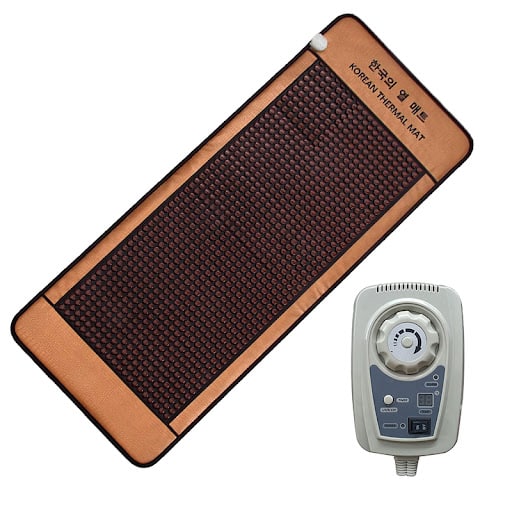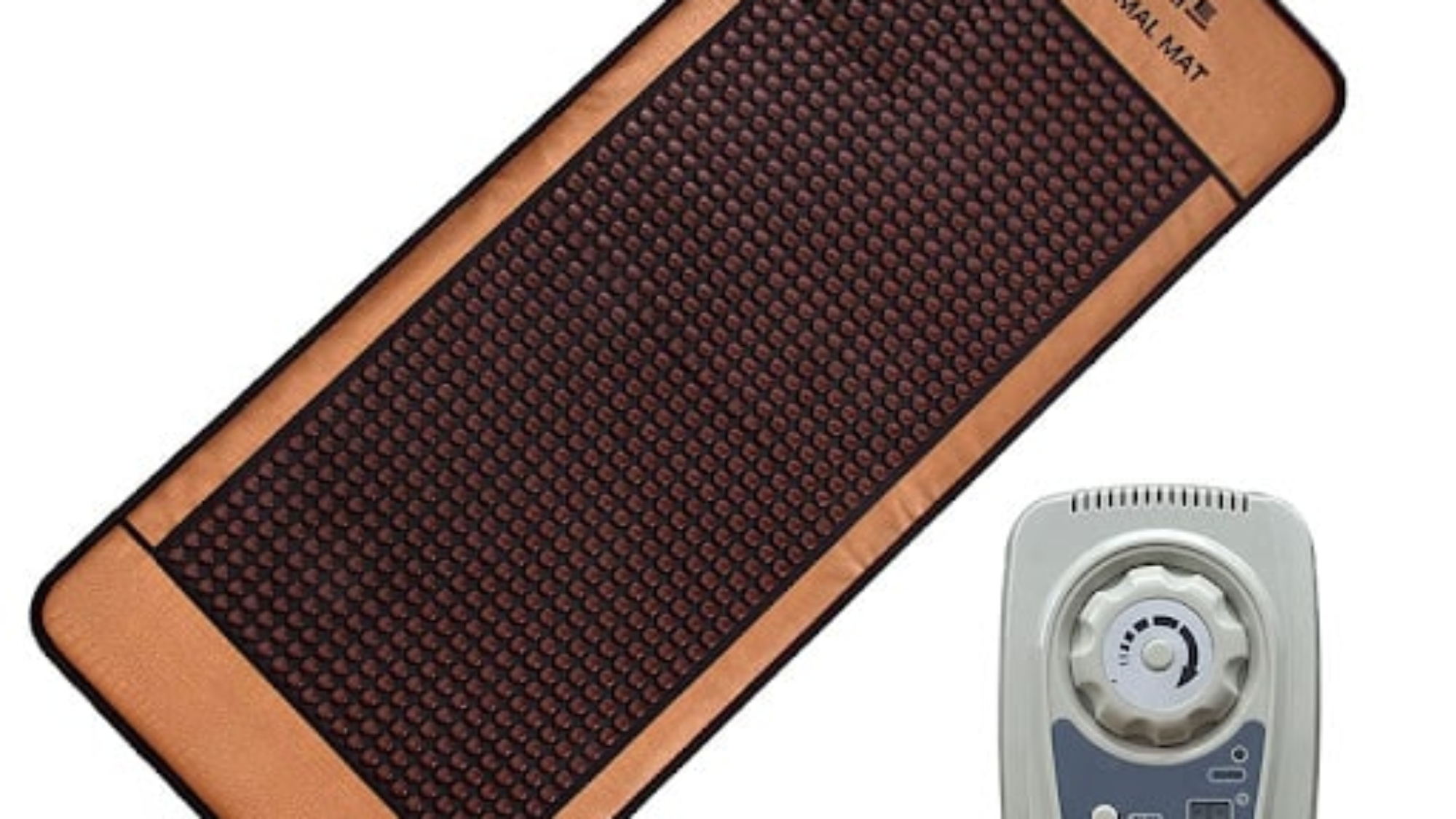
Introduction
Keeping a reptile’s temperature at its ideal level is essential, not just preferred. Under-tank heaters, sometimes referred to as heating mats, are essential for providing the warmth that captive reptiles including snakes, lizards, and turtles need to survive. This thorough guide covers all the information you require on heat mats, including how they work, where to put them, and how to troubleshoot them.
Exploring the craft of caring for reptiles reveals an enthralling path of learning and accountability. The goal of reconstructing the ideal living environment for our icy companions is at the center of this adventure. The clever application of heating mats, a fundamental piece of equipment in contemporary reptile enclosures, is essential to this project. Not only do these clever gadgets provide warmth, but they also create a precisely controlled thermal environment that resembles the sun-drenched ecosystems that many reptiles are native to. We can make sure that our pets not only survive but also flourish in captivity by utilizing the power of heat mats to encourage natural behaviors and improve general health.
What is a Heat Mat?
An under-tank heater, sometimes known as a heat mat, is a necessary piece of equipment for reptile keeping. It is made up of a thin, flexible heating element that is affixed to the bottom of the tank or terrarium, beneath the enclosure housing the reptile. The surface right above this heating element warms as a result of its infrared heat emission.
Detailed Interpretation:
The purpose of heat mats is to replicate the ambient temperature that reptiles would encounter in their native environments. They give reptiles a soft source of heat from below, enabling them to thermoregulate by hopping around in their enclosure between warmer and colder spots. This is essential for their metabolism, digestion, and general health.
How Do Warm Mats Operate?
Heat is produced by electrical energy conversion into heat, which is then radiated upward into the enclosure by heat mats. One end of the tank is warmer than the other due to the thermal gradient produced by the heat mat’s temperature. Reptiles can adjust their body temperature thanks to this gradient by moving to the part of the tank that best meets their needs at that moment.
Detailed Interpretation:
A thermostat regulates the heat mat, making sure the temperature stays in the reptile’s safe and ideal range. To reduce the chance of burns, it’s crucial to position the heat mat outside the tank and keep it out of direct contact with the reptile.
Heat mat types
Heat mats come in a variety of forms, each meeting the requirements and tastes of pet owners for various reptiles. Heat mats come in two main varieties: adhesive and non-adhesive.
Detailed Interpretation:
- Adhesive Heat Mats: The sticky backing on these mats sticks straight to the tank’s bottom. They offer direct heat transfer and are practical for smaller enclosures.
- Non-Adhesive Heat Mats: Heat mats that don’t require adhesive are positioned beneath tanks or enclosures. They are adaptable and can be transferred between various tanks when necessary.
Selecting the Appropriate Size
For your reptile to be comfortable and receive effective heating, choosing the appropriate size heat mat is essential. The dimensions of the enclosure for your reptile should match the size of the heat mat.
Detailed Interpretation:
The heat mat’s intended placement on the tank’s floor should be measured for both length and width. The heat mat should ideally cover half to three-quarters of this space. This prevents overheating by providing sufficient heating without heating the entire floor.
Placement Advice
For the enclosure to have an appropriate thermal gradient, the heat mat must be positioned correctly. Reptiles can successfully control their body temperature thanks to this gradient.
Detailed Interpretation:
On one end of the tank, place the heat mat on the outside bottom. By placing itself in this way, the reptile can move between the warmer and colder zones on either side as needed. To give your reptile options for thermoregulation, make sure there are hides or shelters in both the warm and cool zones.
Control of Temperature
Your reptile’s health and well-being depend on you keeping the temperature steady and comfortable. To control temperature swings, heating mats should always be used in conjunction with a thermostat.
Detailed Interpretation:
To keep an eye on the temperature right above the heat mat, use a digital thermometer. To keep your reptile species within the ideal temperature range, adjust the thermostat as necessary. To guarantee accuracy, check and calibrate your thermostat and thermometer regularly.
Safety Points to Remember
When utilizing heating mats, safety is crucial to prevent risks to you and your reptile.
Detailed Interpretation:
- Make sure there is no obvious wear or damage to the heat mat.
- Use a thermostat at all times to avoid burns and overheating.
- Keep the heat mat away from areas of the tank that are prone to humidity and water.
- Make sure there are no exposed wires or malfunctions by routinely inspecting the heat mat and its connections.
Observation and upkeep
For your heat mat and related equipment to last a long time and function well, regular inspection and maintenance are required.
Detailed Interpretation:
- Regularly inspect the thermostat and heat mat for indications of wear or damage.
- Periodically wipe the heating mat’s surface to get rid of any debris or dust that could interfere with heat transfer.
- Examine the thermostat’s operation by modifying its settings and keeping an eye on temperature variations.
Typical Problems and Solutions
Heating mats are generally reliable, but occasionally they have problems that need to be troubleshooted to guarantee proper operation.
Detailed Interpretation:
- Uneven Heating: Inspect for impediments or improper heating mat positioning.
- Broken Thermostat: Make sure the thermostat is accurate by testing it with a different thermometer.
- Worn or Damaged Mat: Examine the mat for signs of wear, tears, or exposed wires that could affect the way heat is distributed.
Benefits of Heating Mat Use
Heating mattresses are a popular option for reptile owners because they provide several benefits over alternative heating techniques.
Detailed Interpretation:
- Natural Heat Source: Encourages natural behaviors and metabolic processes by simulating the warmth of sunlight.
- Energy Efficiency: Lower energy consumption means lower electricity bills when compared to ceramic heaters or heat lamps.
- Safety: Offers a steady, mild heat source without burning or exposure to light.
- Versatility: Adaptable to a variety of enclosure types and species of reptiles, from tropical to desert environments.
Different Approaches to Heating
Although many reptile species find success with heating mats, other heating techniques might be more appropriate based on particular requirements and preferences.
Detailed Interpretation:
- Heat lamps: These lamps simulate sunlight by emitting heat and light from above. ideal for reptiles that need both heat and light during the day.
- Ceramic Heat Emitters: These emitters generate heat without using light, making them ideal for nocturnal reptiles or other species that need extra warmth at night.
- Infrared Heat Bulbs: In addition to heat mats, infrared heat bulbs can be used as a backup source of heat to provide localized warmth.
Cost-Effectiveness
In terms of initial cost and continuous use, heating mats are typically economical.
Detailed Interpretation:
- Affordable: Depending on the size and brand, available at different price points.
- Low Operational Cost: In comparison to other heating appliances, it uses the least amount of electricity.
- Longevity: Heat mattresses can last for several years before needing to be replaced with proper care and upkeep.
Impact on the Environment
Selecting a heat mattress or other energy-efficient heating options can help you lessen your environmental impact.
Detailed Interpretation:
- Energy Efficiency: Lowers total energy consumption by using less electricity than other heating techniques.
- Sustainable: By reducing greenhouse gas emissions, reduced energy use supports environmental conservation initiatives.
In summary
Heating mats are an essential tool for providing captivity reptiles with a cozy and secure environment. Reptile lovers can provide their pets the warmth and security they require to thrive by being aware of their purpose, appropriate use, and advantages.
Heat mat provides useful advantages like cost- and energy efficiency in addition to providing a habitat that is ideal for reptile growth. Heat mats are a sustainable option for environmentally conscious pet owners because they use less electricity than more conventional heating techniques like heat lamps or ceramic heaters. Their dependability in preserving consistent temperatures across the enclosure guarantees a stress-free environment for reptiles, enhancing general well-being and lowering the likelihood of temperature-related ailments.
Furthermore, heating mats‘ adaptability to different enclosure types and sizes makes them ideal for a variety of reptile species, including tropical lizards and desert-dwelling snakes. Heat mats offer you peace of mind because they house your reptile in an environment that closely resembles its natural habitat, especially when used in conjunction with a dependable thermostat and routine monitoring.
Heating mats are still essential for responsible pet care even as our knowledge and methods of caring for reptiles continue to advance. Their significance in fostering the longevity and well-being of our scaly friends is highlighted by their capacity to provide a cozy, secure haven. Including a heat mat in your design, whether it’s for a brand-new habitat or an upgraded one, guarantees that your reptile will have the warmth and comfort it needs.

Leave Your Comment